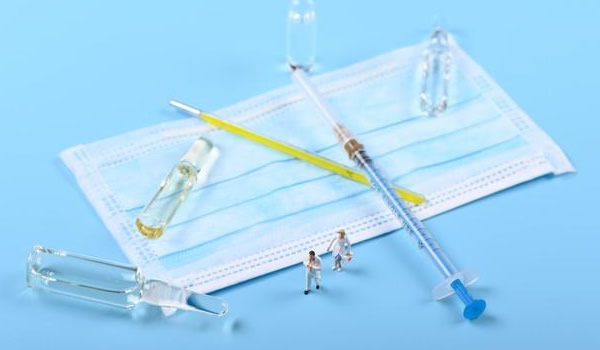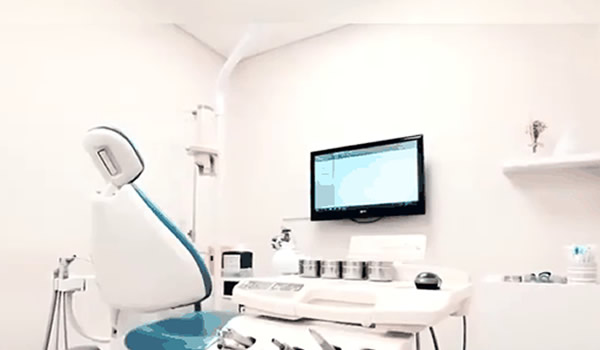Prostate cancer primarily affects men over 50, and cases are rising in many Asian countries due to aging populations, improved detection, and lifestyle changes. While many tumors grow slowly and can be safely monitored, others are aggressive and require timely treatment. This guide explains symptoms, screening and controversies around PSA, how diagnosis and staging work, treatment paths from active surveillance to surgery and radiotherapy, care for advanced disease, and practical advice on side-effects, sexual health, and long-term follow-up.

Understanding the prostate and prostate cancer
The prostate is a walnut-sized gland below the bladder that produces seminal fluid. Prostate cancer develops when cells in this gland grow abnormally. Disease behavior ranges from indolent (slow-growing) to aggressive (fast-growing and prone to spreading).
Two concepts guide decisions:
- Grade (Gleason/ISUP): What the cancer looks like under a microscope; higher grades behave more aggressively.
- Stage: How far the cancer has spread (confined to the prostate vs. lymph nodes/bones or beyond).
The landscape in Asia
Historically, incidence in East and Southeast Asia was lower than in the West, but it has increased with longer lifespans, Westernized diets, and greater PSA testing. Many men still present late due to limited screening access, cultural reluctance to seek help for urinary or sexual symptoms, and confusion between benign prostate enlargement (BPH) and cancer.
Symptoms and when to see a doctor
Early prostate cancer often causes no symptoms. When present, symptoms can include:
- Weak urine stream, hesitancy, or incomplete emptying
- Frequent urination, especially at night
- Blood in urine or semen
- Painful ejaculation or pelvic discomfort
- Bone pain or unintentional weight loss (possible signs of spread)
Because BPH causes similar urinary issues, evaluation is essential rather than assuming “it’s just aging.”
Screening: PSA, DRE, and shared decision-making
PSA (Prostate-Specific Antigen) is a blood test. Elevated PSA can mean cancer, but also BPH, infection, or recent ejaculation. DRE (digital rectal exam) may detect nodules or asymmetry. Screening has benefits (catching aggressive cancers earlier) and risks (over-diagnosis and over-treatment of indolent tumors).
A practical approach in Asia:
- Average risk: Discuss PSA screening around age 50 (earlier if life expectancy >10 years).
- Higher risk: Begin discussion around 45 for men with a first-degree relative with prostate cancer or of certain ancestries.
- Intervals: Every 1–2 years if screening is chosen; more frequent if PSA rises quickly.
- Reflex tests: If PSA is elevated, doctors may repeat the test, check PSA-related markers, and order mpMRI to guide targeted biopsy and reduce unnecessary procedures.
The key is shared decision-making: understand pros and cons and align the plan with your values.
Diagnosis and staging
- mpMRI helps localize suspicious areas.
- Biopsy (often MRI-targeted plus systematic cores) confirms cancer and provides grade.
- Staging scans (CT/MRI/bone scan or PSMA PET where available) check for spread in men with higher PSA or grade.
Risk categories (low, intermediate, high, very high/metastatic) synthesize PSA, grade, and stage to guide treatment.

Treatment options for localized disease
1) Active surveillance (AS)
For low-risk cancers, AS can avoid or defer side-effects while maintaining cancer control. It includes regular PSA tests, repeat imaging/biopsy at intervals, and timely switch to treatment if the cancer shows signs of progression. This strategy is acceptable only when patient and clinician can reliably follow the plan.
2) Radical prostatectomy (surgery)
Removal of the prostate via open, laparoscopic, or robot-assisted approaches. Considerations:
- Effectiveness: Excellent long-term control for many localized cases.
- Side-effects: Urinary incontinence (usually improves over months) and erectile dysfunction (risk depends on age, baseline function, and nerve-sparing).
- Recovery: Pelvic-floor exercises (Kegels) speed continence recovery; early “penile rehabilitation” supports sexual function.
Surgeon experience and hospital volume correlate with outcomes—ask how many procedures the team performs annually.
3) Radiotherapy
- External beam radiotherapy (EBRT/IMRT/VMAT): Non-invasive; delivered over several weeks.
- Brachytherapy: Radioactive seeds placed inside the prostate (often for low/intermediate risk).
- Proton therapy: Available in select centers; data continues to evolve.
Side-effects can include urinary urgency, bowel irritation, and sexual dysfunction; many improve with time and supportive care. Combining radiotherapy with androgen deprivation therapy (ADT) benefits some intermediate/high-risk patients.
Treating regionally advanced or high-risk disease
- Surgery with lymph-node dissection or radiotherapy + ADT are standard curative options.
- ADT lowers testosterone (fuel for prostate cancer) via injections or surgery (orchiectomy).
- Intensification for high-risk cases may add novel hormonal agents (abiraterone, enzalutamide, apalutamide) or chemotherapy (docetaxel) based on risk and fitness.
Metastatic disease and next lines of therapy
When cancer has spread to bones or other organs:
- ADT remains the backbone.
- Next-generation anti-androgens (as above) improve survival and quality of life.
- Chemotherapy (docetaxel, cabazitaxel) is used in selected settings.
- Targeted/Radioligand therapies: e.g., Lu-177-PSMA for PSMA-positive tumors in specialized centers.
- Bone-protective agents (bisphosphonates, denosumab) reduce fracture risk; calcium/vitamin D and weight-bearing exercise support skeletal health.
- Palliative care focuses on pain control, fatigue, and emotional well-being; it can be integrated early alongside active treatment.
Access to therapies varies across Asia; insurance coverage and travel for care (medical tourism) may influence choices.
Side-effects, sexual health, and continence
- Urinary control: Start pelvic-floor training before surgery; after treatment, consider supervised physiotherapy or continence clinics.
- Erectile dysfunction (ED): Options include PDE5 inhibitors, vacuum devices, injections, or implants; discuss “nerve-sparing” likelihood before surgery.
- Low testosterone symptoms on ADT: Hot flashes, fatigue, metabolic changes, bone loss—counter with exercise, nutrition, and periodic metabolic and bone monitoring.
Mental health support for patients and partners is crucial; intimacy involves communication and adaptation, not just erections.
Lifestyle and prevention
While no lifestyle can guarantee prevention, risk reduction strategies include:
- Dietary pattern: Emphasize vegetables, whole grains, legumes, fish; limit processed meats and excessive dairy/fats.
- Weight management and exercise: 150+ minutes of activity weekly plus 2–3 strength sessions.
- Quit smoking and moderate alcohol.
- Manage chronic conditions: Control blood pressure, diabetes, and lipids.

Choosing a hospital and team in Asia
- Look for accredited centers with multidisciplinary tumor boards (urology, radiation oncology, medical oncology, radiology, pathology).
- Ask about case volume, functional outcomes (continence/ED rates), and access to imaging (mpMRI, PSMA PET) and advanced treatments.
- Ensure language support and clear written plans; bring a family member to appointments if culturally appropriate.
Life after treatment: follow-up and survivorship
- PSA monitoring: Typically every 3–6 months initially, then less frequently if stable. A rising PSA may signal recurrence; options include salvage radiotherapy after surgery, or salvage surgery/focal therapy after radiotherapy in selected cases.
- Rehabilitation: Pelvic-floor therapy, sexual counseling, fatigue management, return-to-work planning.
- Long-term health: Screen for cardiovascular risk (especially on ADT), maintain bone health, and keep vaccinations current.
Questions to bring to your appointment
- Do I qualify for active surveillance, and how would monitoring work?
- If I choose surgery, what are your continence and potency outcomes for someone my age?
- If I choose radiotherapy, what schedule and side-effects should I expect, and will I need ADT?
- What is my risk category, and which treatments best match it?
- How will treatment affect my work, intimacy, fertility, and finances?
- What clinical trials are available to me locally or regionally?
Conclusion
Prostate cancer care in Asia is rapidly advancing, with more precise imaging, safer surgeries, and more effective systemic therapies. The best outcomes come from personalized decisions that balance cancer control with quality of life, made through informed conversations with an experienced team and supported by family and community. Early evaluation for urinary changes, thoughtful screening discussions, and proactive survivorship care help men live well—during and after treatment.
prostate cancer Asia, PSA screening Asia, prostate cancer treatment options